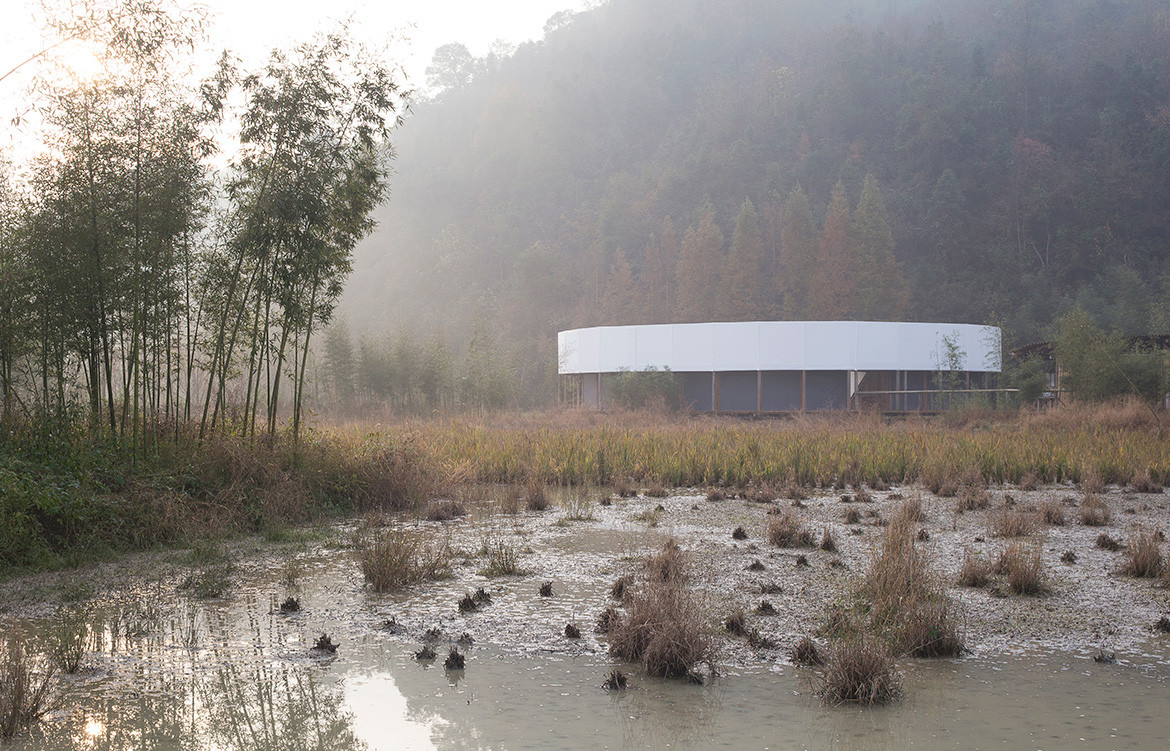Temporary architectural pavilions are spawning with increasing frequency and flamboyance around the world. In the past few months alone we’ve seen an origami-like structure engulf the statue of the Holy Roman Emperor in Munich, then disappear. Another, conjured in Los Angles as a kind of towering funnel attempts to harness the ephemeral energy of lightning. Earlier, in Harbin, China, the world’s tallest ice pavilion was built in the shape of a flamenco dress. Happily, it’s since thawed.
“What’s interesting is how much the typology has exploded,” says University of Queensland professor John Macarthur, co-author of the book, Pavilion Propositions. “When London’s Serpentine Gallery launched its summer pavilion program in 2000 with an installation by Zaha Hadid it marked the revival of an almost forgotten form. By 2010 there were something like 45 temporary pavilions happening around the world and in 2015 there were, by our calculation, 170!” Since then they have multiplied almost promiscuously.
Hadid’s pavilion was intended as “a structure, a marquee, a tent” recalls former director of the Serpentine, Julia Peyton-Jones; a one-night party venue for the gallery’s 30th birthday celebrations. But so successful was it, so wow the factor, that the minister of culture in the New Labour government agreed to extend its run, turning it into a de facto temple to Cool Britannia – and setting in train a phenomenon critics reckon is now veering out of control.
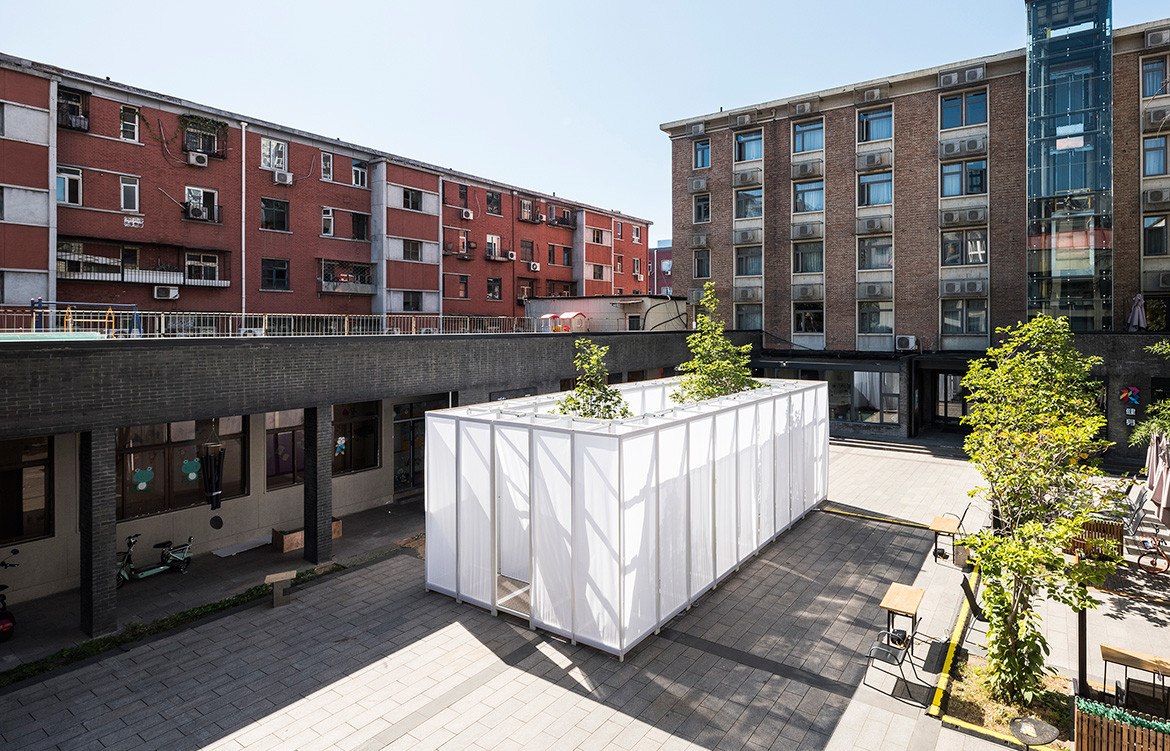
Over the past 18 years the Serpentine summer program has seen temporary structures by Illuminati including Oscar Niemeyer, Rem Koolhaas, Frank Gehry and Jean Nouvel occupy the elegantly groomed grounds of Kensington Gardens, Hyde Park, Central London. Unidentifiable lying objects of no fixed function but a lot of pizazz, the 2016 iteration by Danish It-boy architect Bjarke Ingels clocked up close to 2 million visitors. Last year, the Serpentine gallery successfully exported its pavilion franchise to Beijing, with a steel beam and cable construction by JIAKUN Architects outside WF Central, a shopping and hotel complex in the Dongcheng District. It lived for four months and was then disassembled.
“We have enormous affection for things that are temporary,” says Sydney architect Camilla Block, of Durbach Block Jaggers. She’s quoting environmental artist Jeanne-Claude who with her late-husband Christo spent some 60 years dramatically wrapping major architectural structures like the Reichstag in Berlin and the Point Neuf bridge, Paris, in lengths of fabric and rope. (Their plan to wrap the Sydney Opera House never eventuated, although they did shroud 2 kilometres of the rocky shoreline of Little Bay in some 93,000 square metres of erosion-control fabric and 56 kilometres of polypropylene rope, back in 1969.)
“When London’s Serpentine Gallery launched its summer pavilion program in 2000 with an installation by Zaha Hadid it marked the revival of an almost forgotten form.” – Professor John Macarthur, University of Queensland
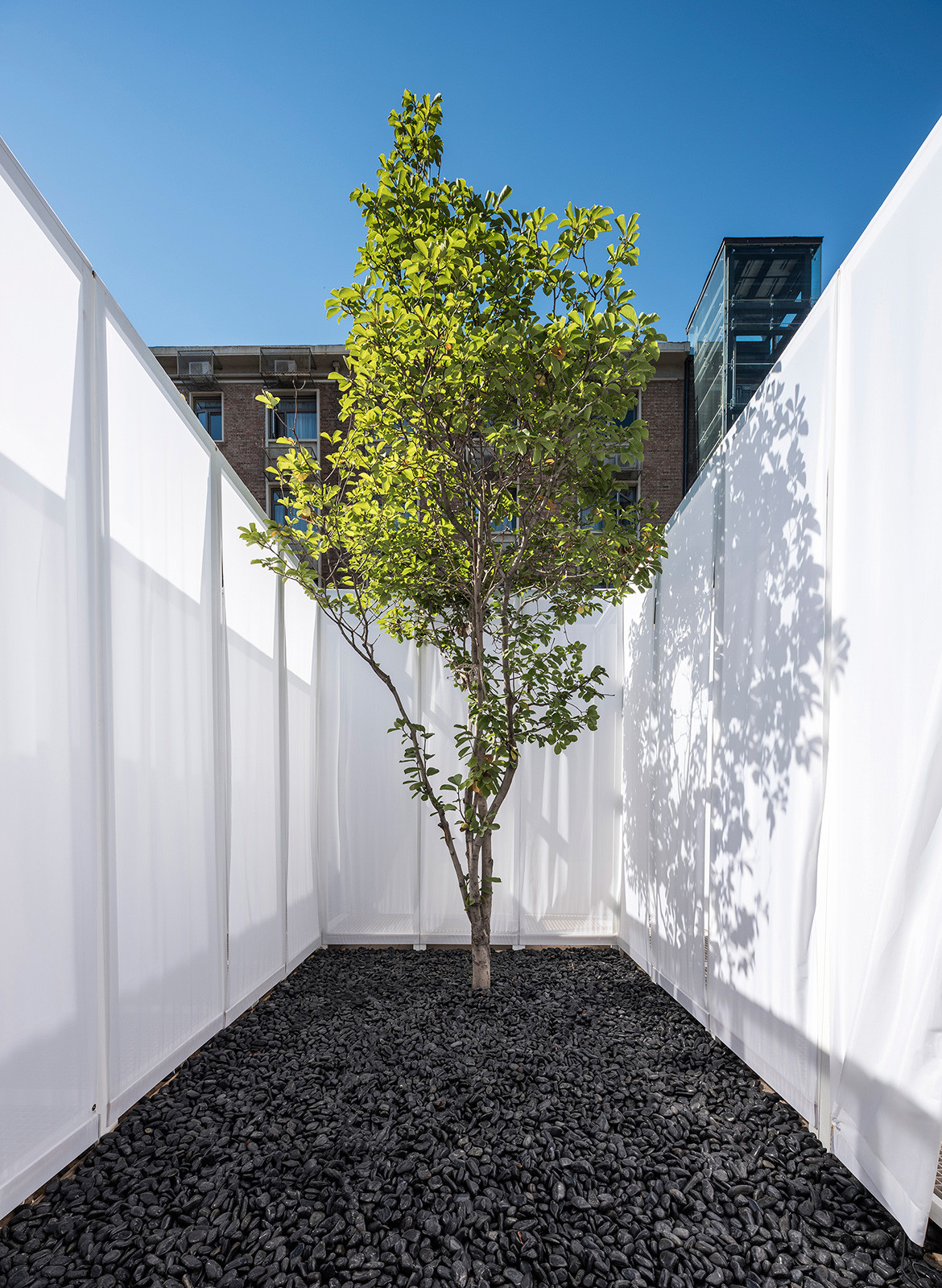
“As architects, we’re used to dealing with the idea of longevity, so doing something that is meant to be ephemeral seems quite scary,” admits Block, who has designed the inaugural Barangaroo Structure in collaboration with the Sherman Centre for Contemporary Ideas, to be unveiled in the Barangaroo headlands park, Sydney, in October. Titled Coil, it entails fabric mounted on a spiralling frame that wraps around a group of standing stones, various openings framing views out to Goat Island and the Harbour Bridge.
“Pavilions have a lot of uses but strictly speaking there is no use at all. Yet I feel this embodies some of the best aspects of architecture: narrative, light and space,” says Block.
A similar reframing technique was deployed by Beijing practice Superimpose to create the CO2 Pavilion as part of Beijing Design Week last October. A rectangular assemblage of translucent fabric panels erected on a banal city carpark, it was designed to contain two of the existing four trees, and by isolating them imbuing them with new meaning. “As a studio, we always look at context first, then try to add something to an already existing layer, says Ruben Bergambagt, one-third of Superimpose along with Carolyn Leung and Ben de Lange. “In the case of this pavilion, by re-contextualising some of the trees, we’ve emphasised them, creating something almost like a Zen garden.”
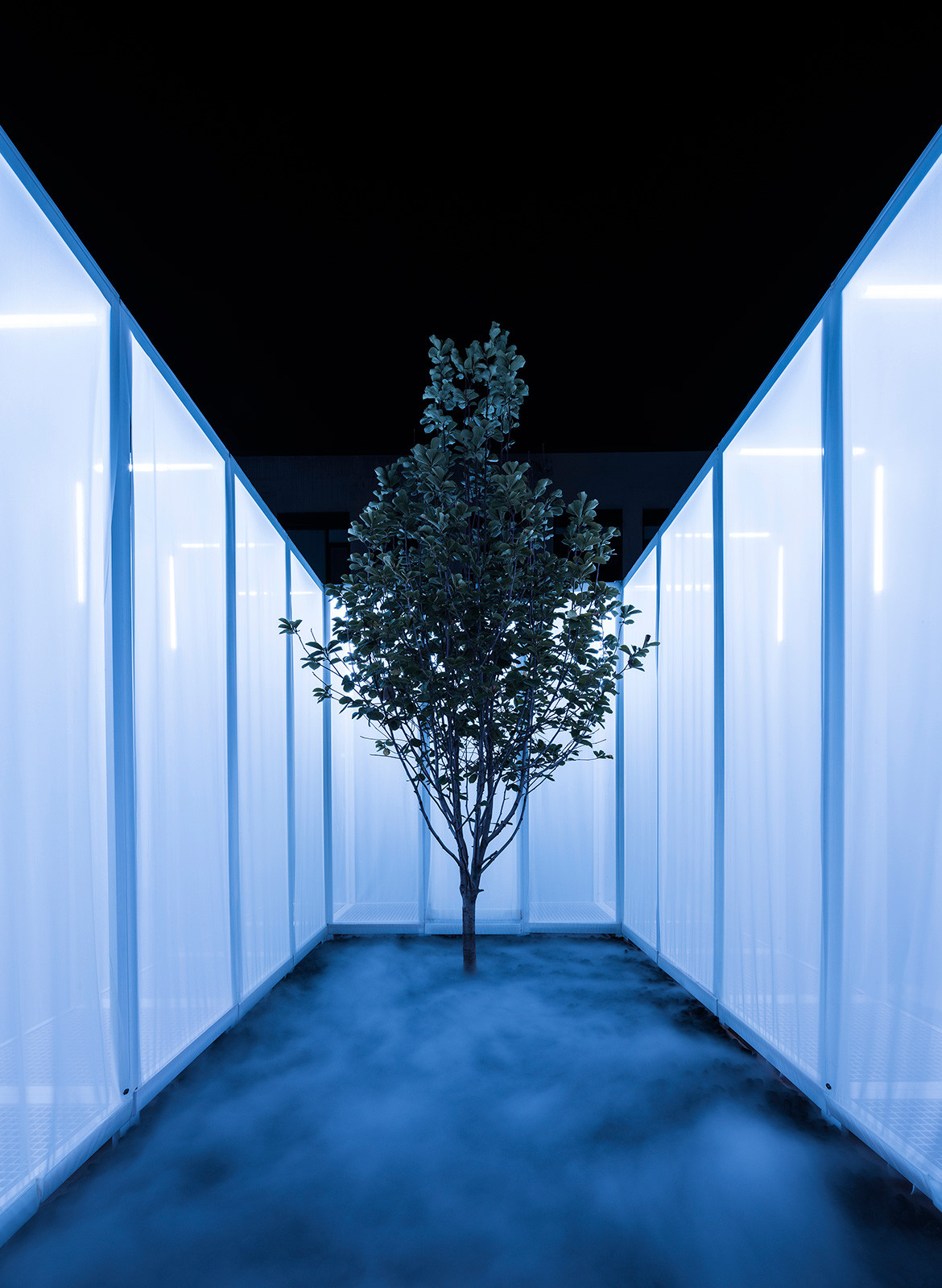
“As architects, we’re used to dealing with the idea of longevity, so doing something that is meant to be ephemeral seems quite scary.” – Camilla Block, Durbach Block Jaggers
An interior skin creates a cavity which the architects have infused with non-toxic theatrical smoke to mimic smog, drawing attention to the city’s notorious pollution problem. The inner courtyard evokes the traditional Beijing hutong; open to the sky, it reframes nature in a very urban setting.
“It was originally designed for Burning Man,” explains Carolyn, “but since we missed that deadline we repurposed it for Beijing Design Week.”
Much of the rising critique of the temporary pavilion phenomenon hinges on the smudging of the lines between architecture and art; the blatantly sculptural, obliquely performative, ostensibly purposeless aspect of the structures. The Burning Manification of the profession, if you like.
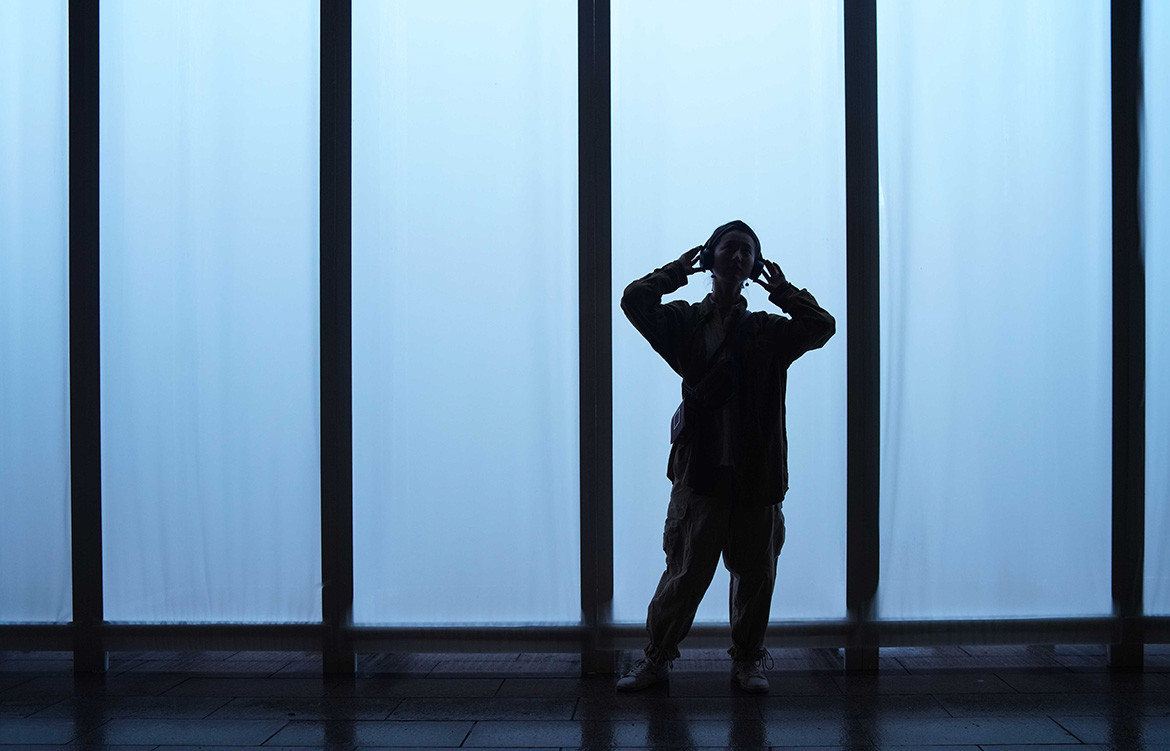
And yet, if they didn’t exist we’d be deprived of the pleasure of contemplation they inspire, the shelter for community activities they may house, the material research they can enable. We’d have no Bamboo Stalactite Pavilion by Vo Trong Nghia at the Venice Architecture Biennale, its “green steel” structure fanning out poetically amid the docks of the Arsenale. No University of Stuttgart ICD/ITKE research pavilion that each year seeks to replicate a particular biological process. No “woven tapestry” of concrete roofing tiles by Mexican architect Frida Escobedo to offset the red brick Serpentine Gallery designed in the 1930s by James Grey West, originally a garden folly; a tea pavilion for London’s aristocracy.
Architectural follies for the 21st century, maybe we should just enjoy them while they last.
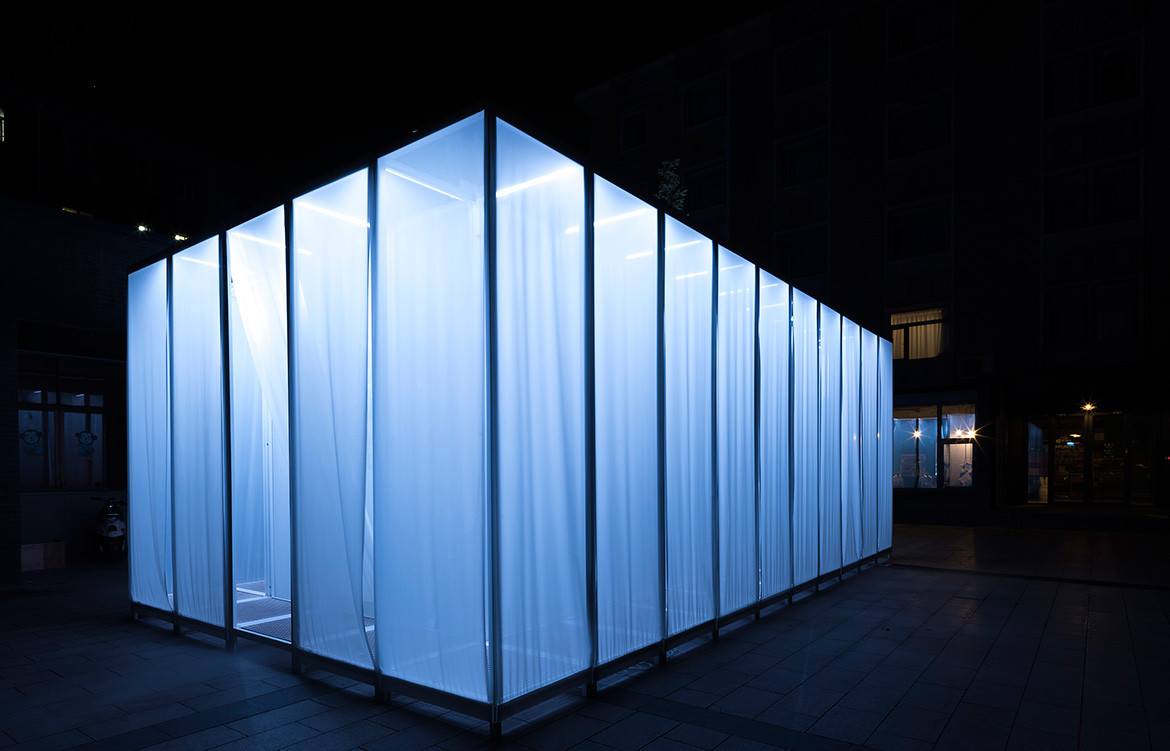
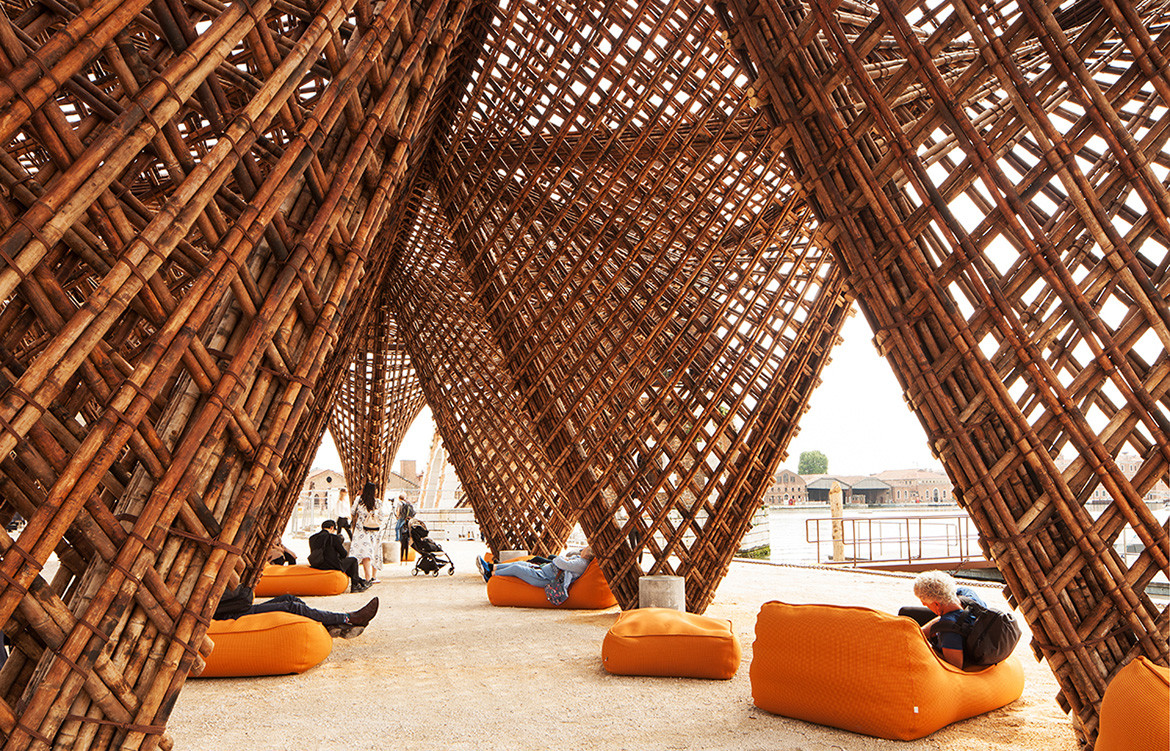
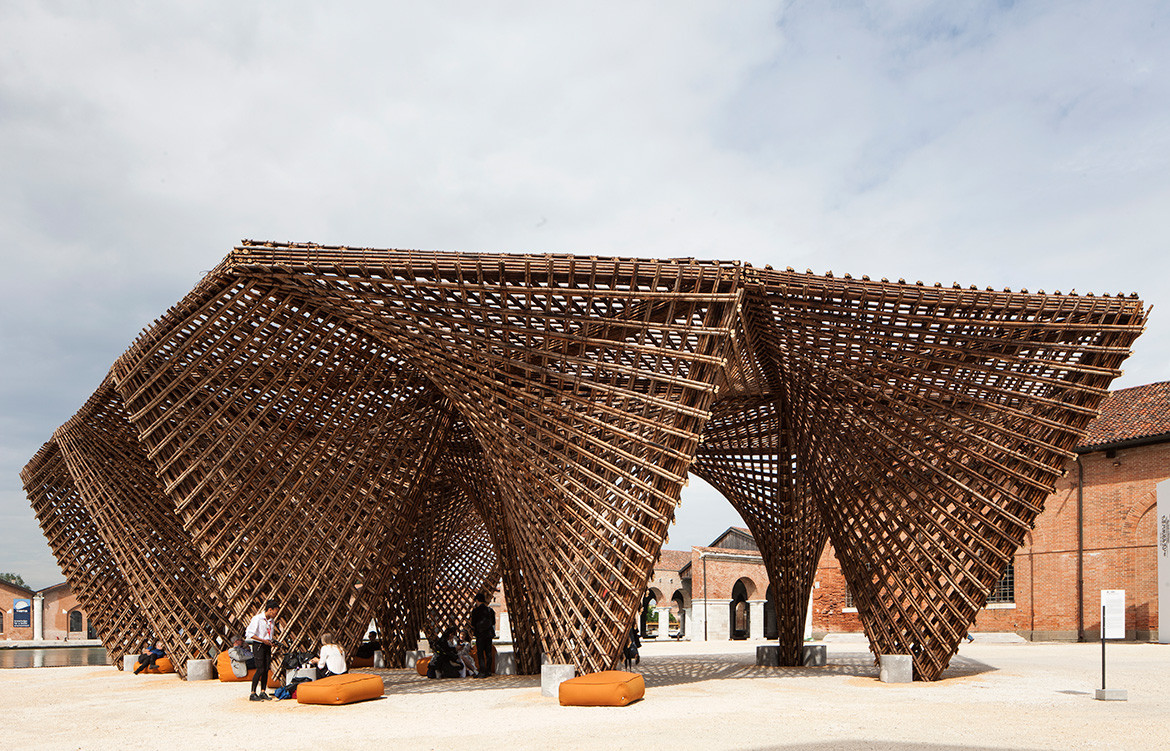
We think you might also like Pavilion House By Robson Rak

